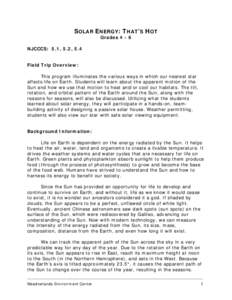 Date: 2013-07-11 15:24:33Celestial mechanics Light sources Photovoltaics Horology Sundial Solar time Equation of time Sunlight Passive solar building design Measurement Astronomy Time | |  SOLAR ENERGY: THAT’S HOT GradesNJCCCS: 5.1, 5.2, 5.4 Field Trip Overview: This program illuminates the various ways in which our nearest star affects life on Earth. Students will learn about the apparent motion SOLAR ENERGY: THAT’S HOT GradesNJCCCS: 5.1, 5.2, 5.4 Field Trip Overview: This program illuminates the various ways in which our nearest star affects life on Earth. Students will learn about the apparent motion
Add to Reading ListSource URL: mec.rst2.eduDownload Document from Source Website File Size: 528,29 KBShare Document on Facebook
|

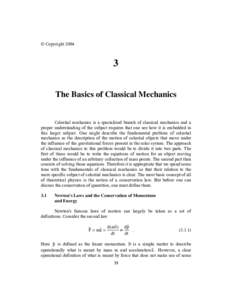
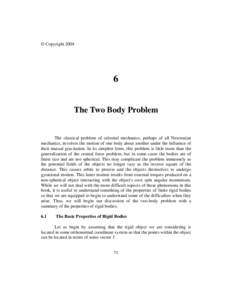
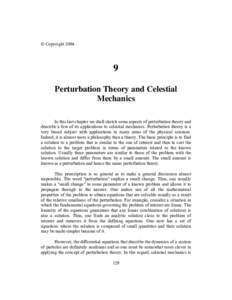
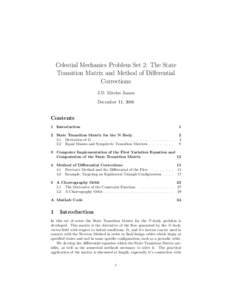
 SOLAR ENERGY: THAT’S HOT GradesNJCCCS: 5.1, 5.2, 5.4 Field Trip Overview: This program illuminates the various ways in which our nearest star affects life on Earth. Students will learn about the apparent motion
SOLAR ENERGY: THAT’S HOT GradesNJCCCS: 5.1, 5.2, 5.4 Field Trip Overview: This program illuminates the various ways in which our nearest star affects life on Earth. Students will learn about the apparent motion